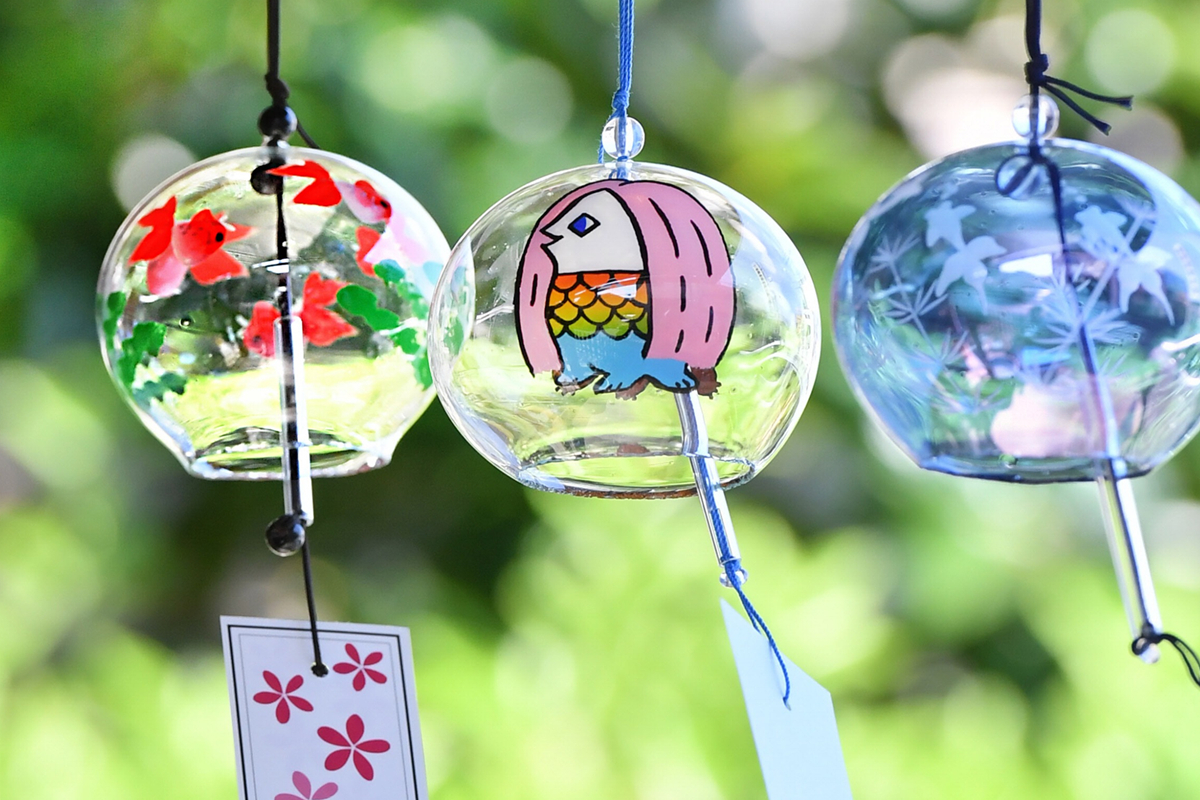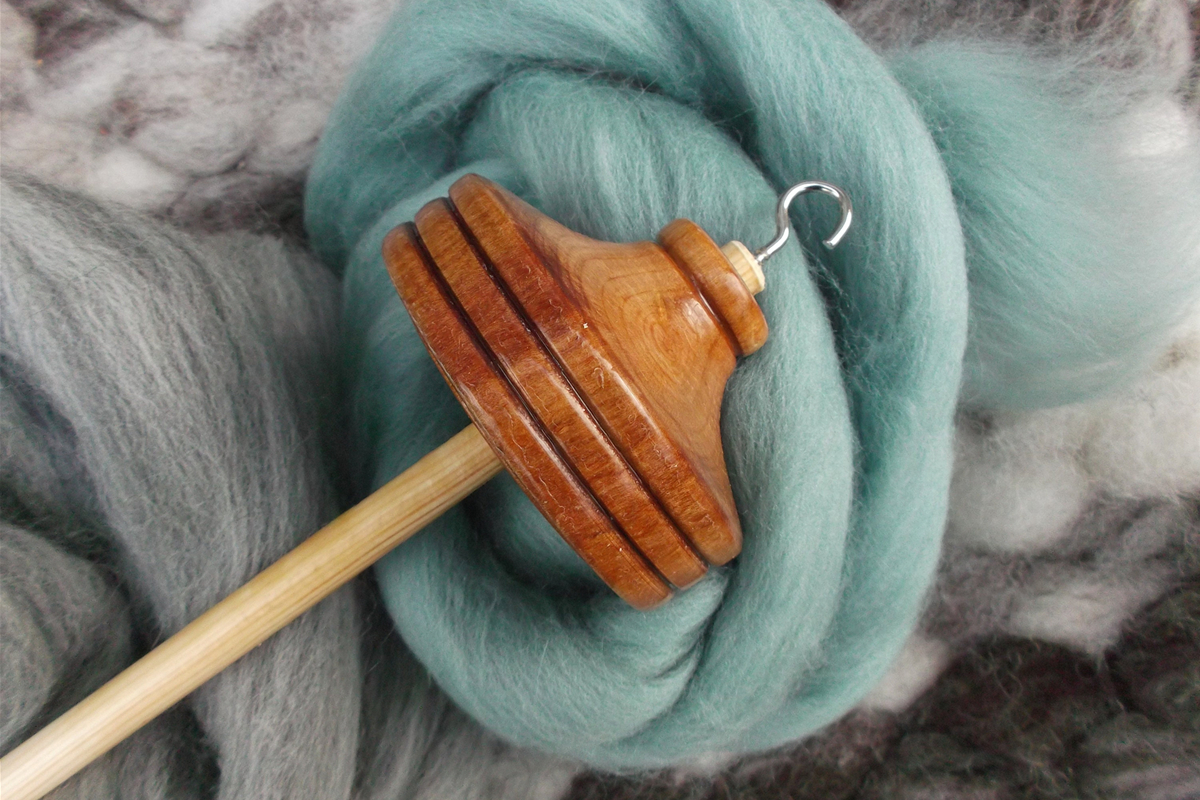What makes glass wind chimes so special? The idea behind this project was to study the acoustic properties of different types of glass and use that information to design a new type of glass wind chime. However, there is far more than just aesthetics involved in making these art pieces. Here we will look at the key features and testing methods used for each portion of our project:
1. Materials
The materials that make a glass wind chime can vary depending on the type of sound one wishes to produce. The most common material used is aluminum tubing which is cut up and welded together in varying lengths, although brass, bronze, and steel are also used. In addition to these materials, glass beads, shells, and even stones are tied onto the outer ends of the tubes.
2. Sound Production
Although there are several ways to produce the lovely tinkling sounds that one hears in many wind chimes today, two well-known designs will be described in detail. Helmholtz resonance theory states that when an object has little resistance (such as when it is made of metal), it will vibrate easily when struck. A striking device is generally used to make a wind chime produce a sound, which can be attached to the metal tubing in various places along its length. Alternatively, the tubes themselves may be made to vibrate by blowing into them or creating a wave-like motion of an object that has been tied onto their outer ends.
3. Types/Sizes
Of course, many types and sizes of wind chimes are available for purchase. Some work better than others when it comes to producing a lovely tinkling effect, so it is best to explore your local craft store before buying one to find the most aesthetically pleasing design within your price range.
Wind chimes have been around for centuries. Their popularity continues today, with versions made from different materials or producing different sounds depending on how they are put together. Many people enjoy having a couple hanging up around their porch or patio area, while some even try to make their own out of plastic bottles or other objects that may be lying around the house. As long as you can bring yourself to listen to them, there’s no reason why you shouldn’t give them a try.

Hi~Living Deals from "Bloomscape"







